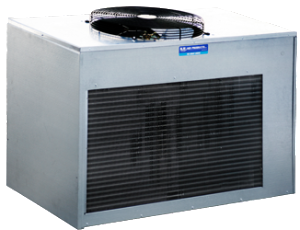The term pneumatic simply means that the system is powered by compressed air or some type of compressed, inert gas. The role of the pneumatic control valve is essential as it allows for the volume and speed of the air or gas through the system to be either directed or controlled.
The specific design and configuration of any pneumatic valves are different than valves used to control liquid moving through a system. There are a variety of important considerations in the design of these valves, not the least which is the high pressures that these systems are typically operating under.
There are different types of pneumatic control valve options based on where in the system the valve is used and what it is required to do in the system. As safety is an important factor when dealing with these high-pressure systems, using the right valve in the correct location is always essential.
The Use of Control Valves
Control valves have the specialized function of allowing for the operator or automatic control of the velocity of the air or the gas in the system. Automatic control occurs through electronic sensing of the pressure and then the appropriate action of the circuit to increase or decrease the velocity of the air flow.
Manually operated pneumatic control valve models use a screw or a handle that allows for the valve to shut or open to reduce or increase the speed of air or gas through the system.
It is also possible to have these control valves operate as check valves. This is often a standard option and prevents the flow of the gas from reversing through this system if there is a loss of pressure on the inlet side of the valve. More complex directional valves that are used in pneumatic systems can also be designed to direct the flow of air through specific ports as required in a sequence.


